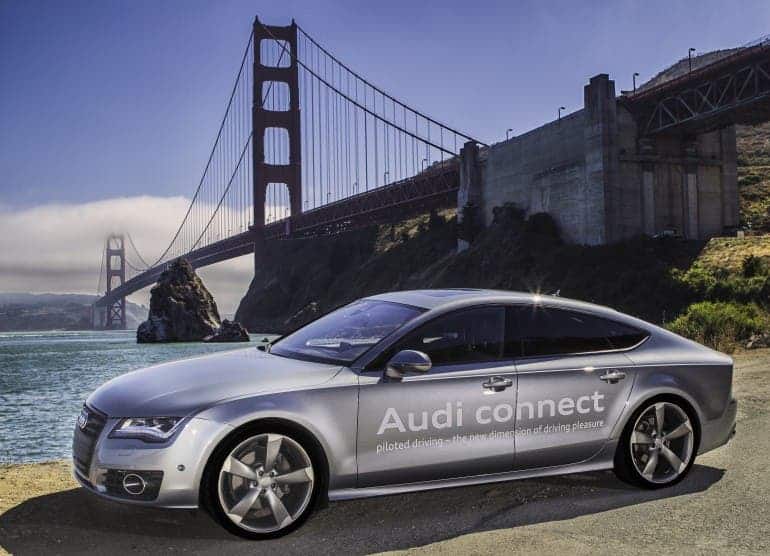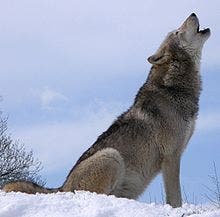Audi announced that it will be the first auto manufacturer to receive an autonomous driving permit from the state of California.

Driverless cars are big right now – so big that the University of Michigan is building a fake city just to test them out. But what’s even more interesting is California’s law about driverless cars – the state of California just passed a law on September 16 which enables driverless cars to hit the road – under some conditions. These rules don’t cover consumer operation of self-driving cars but instead outline an extensive list of criteria that must be met by manufacturers before a computer controlled test car can be let loose on the general public. It’s pretty common sense, really: manufacturers have to prove that cars have successfully been tested in a controlled environment, and a trained “test driver” has to be ready to take control during the trial run.
“Audi is a driving force behind the research taking automated driving from science fiction to pre-production readiness,” said Scott Keogh, President, Audi of America. “Obtaining the first permit issued by the State of California shows that we intend to remain the leader in this vital technology frontier.”
Audi didn’t just come up with this technology – during the past decade, they’ve tested autonomous vehicles over tens of thousands of miles in Europe and the US. I’m pretty sure other car manufacturers will soon follow suite, and it may not be long before we actually start seeing driverless cars hit the road.
Source: Audi.






